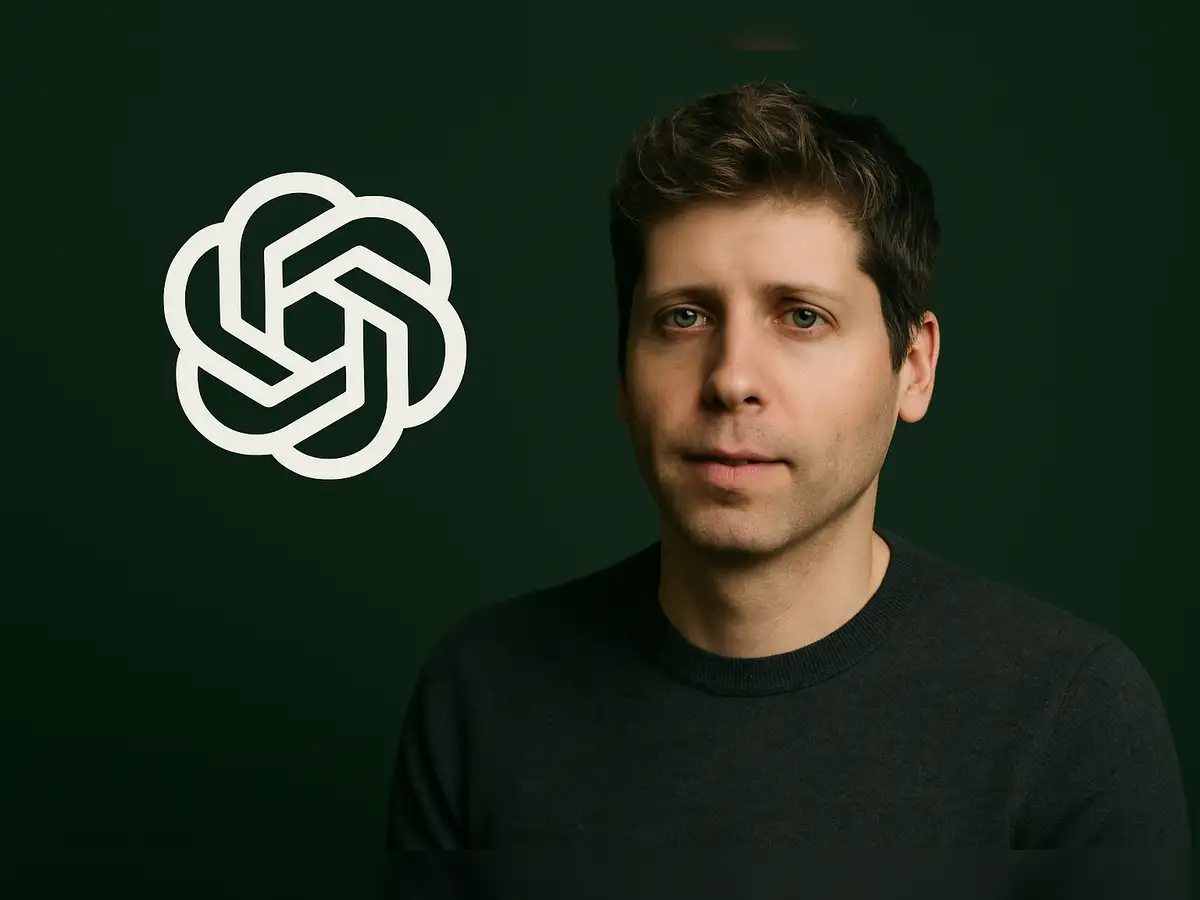

OpenAI's newly launched GPT-5 model is making waves, with CEO Sam Altman identifying India as a potentially larger market than the United States. This announcement coincides with the release of GPT-5, OpenAI's most advanced AI model to date, boasting significant improvements in accuracy, speed, and reasoning capabilities.
Altman has lauded India as an "incredibly fast-growing" market, praising the rapid adoption of AI by both individuals and businesses within the country. During a recent media briefing, Altman stated, "India is our second-largest market in the world after the US, and it may well become our largest market". He also expressed his excitement about visiting India in September.
GPT-5 is now accessible to all users, including those with free accounts, marking a significant step towards broader accessibility. OpenAI is also offering enhanced versions for Team, Enterprise, Edu, and Pro users. ChatGPT Team customers already have access to GPT-5, with Enterprise and Edu customers gaining access next week. GPT-5 is available in the OpenAI API for developers. Pro users ($200/month) will receive unlimited access to GPT-5 and an enhanced GPT-5 Pro version. Free-tier access includes basic usage of GPT-5, but once limits are reached, users will be routed to a smaller “GPT-5 mini” variant.
The new model comes in three sizes—gpt-5, gpt-5-mini, and gpt-5-nano—for developers to balance performance, cost, and speed. GPT-5 is the reasoning model that powers ChatGPT's top performance, while a separate non-reasoning version, called gpt-5-chat-latest, is also available. OpenAI says that GPT-5 is the company's “best model yet for coding and agentic tasks,” with improvements in complex front-end generation and debugging.
GPT-5's enhanced capabilities extend to various domains, including coding, mathematics, writing, healthcare, and visual perception. It demonstrates state-of-the-art performance across math (94.6% on AIME 2025 without tools), real-world coding (74.9% on SWE-bench Verified, 88% on Aider Polyglot), multimodal understanding (84.2% on MMMU), and health (46.2% on HealthBench Hard). OpenAI emphasizes that GPT-5 significantly reduces hallucinated facts and is more likely to admit when it lacks the context to provide a reliable answer. Evaluations show GPT-5 produces 45% fewer factual errors than GPT-4o, with up to 80% fewer errors when deeper reasoning is enabled.
OpenAI plans to enhance AI accessibility and affordability in India, working with local partners to improve AI for the country. This includes a focus on improving multilingual capabilities, particularly across Indian languages. The company also aims to bring more products to India.
India has been rapidly adopting AI, with 59% of Indian enterprises actively deploying AI, the highest rate among surveyed countries. A report by NASSCOM and Ernst & Young (EY) indicates that the Indian AI market is set to grow at a 25 – 35 percent Compounded Average Growth Rate (CAGR) through 2027. The Indian government has also been supportive, approving over Rs 10,300 crore ($1.24 billion) for the IndiaAI Mission to build AI infrastructure and foster innovation.
OpenAI and the Ministry of Electronics and IT's IndiaAI Mission have launched the 'OpenAI Academy' to nurture AI skills. This partnership provides free access to AI tools, developer training, and events, with content in English, Hindi, and four additional regional languages. The collaboration includes hackathons, workshops in six cities, and up to $100,000 in API credits for selected IndiaAI fellows and startups.